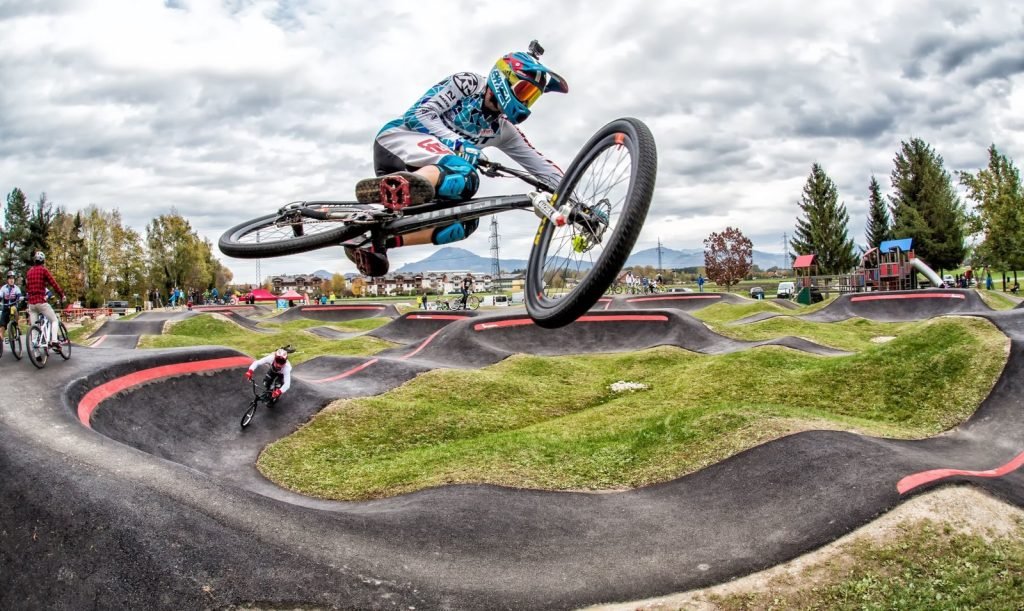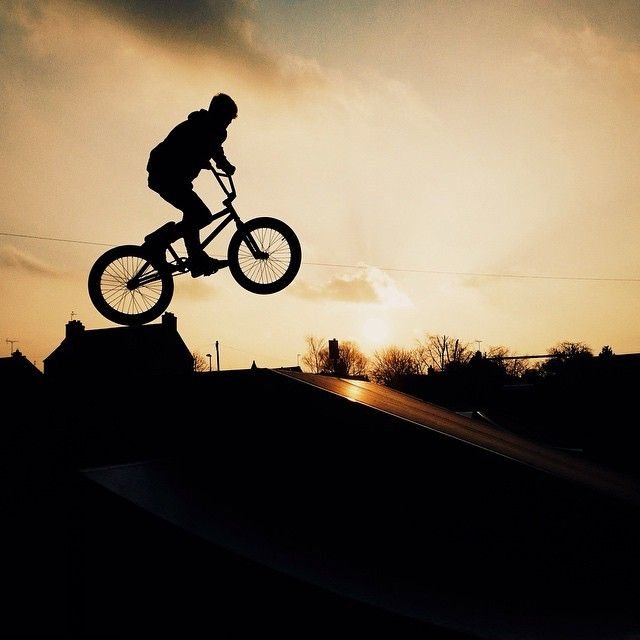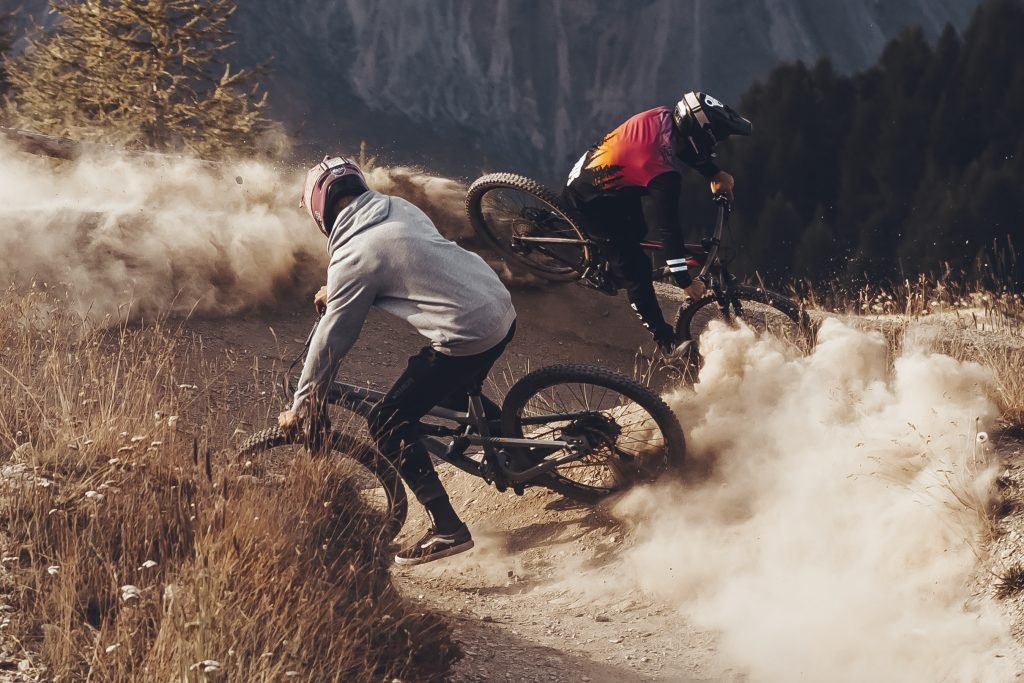Do BMX Bikes Have Brakes?
BMX bikes have become increasingly popular among cycling enthusiasts and thrill-seekers, thanks to their versatility and suitability for various terrains. While BMX bikes are typically associated with extreme sports and freestyle riding, they are also widely used for transportation, commuting, and racing. One common question that many people have when considering a BMX bike is that do BMX bikes have brakes. In this article, we will explore the answer to this question, as well as the different types of brakes that BMX bikes may have.
So, Do BMX Bikes Have Brakes?
The simple answer is yes, BMX bikes do have brakes. In fact, almost all BMX bikes come equipped with brakes, as it is a legal requirement in most areas for bicycles to have at least one functioning brake. Brakes are an essential safety feature on any bike, including BMX bikes, and they are necessary for controlling your speed and coming to a stop quickly and safely.

While it is true that some BMX riders prefer to ride without brakes, this is a personal preference and not a reflection of whether or not BMX bikes have brakes. Riding without brakes is often referred to as “brakeless” riding and is typically reserved for experienced riders who have developed advanced bike control skills. However, even the most skilled riders will use brakes in certain situations, such as when approaching steep inclines or when riding in crowded areas with lots of pedestrians or other obstacles.
Types of Brakes on BMX Bikes
There are several types of brakes that BMX bikes may come equipped with, and the type of brake will often depend on the rider’s preferences and the type of riding they plan on doing. Here are some of the most common types of brakes you may find on a BMX bike:
1. Caliper Brakes
Caliper brakes are the most common type of brakes found on BMX bikes, as well as on many other types of bicycles. They are also sometimes referred to as rim brakes, as they use brake pads to clamp down on the rim of the wheel to slow it down. Caliper brakes are relatively lightweight and easy to maintain, making them a popular choice for many BMX riders. However, they are not as powerful as some other types of brakes, and they may struggle to slow down a BMX bike quickly when riding at high speeds.
2. U-Brakes
U-brakes are another common type of brake found on BMX bikes, and they are named for their distinctive U-shaped design. They are typically mounted on the seat stays of the bike frame and use a cable to actuate the brake arms, which squeeze together on the rim of the wheel to slow it down. These brakes are generally more powerful than caliper brakes, making them a good choice for riders who need to slow down quickly when performing stunts or riding at high speeds.
3. Disc Brakes
Disc brakes are a newer type of brake that have become increasingly popular on BMX bikes in recent years. They use a rotor mounted to the hub of the wheel and a caliper that squeezes together on the rotor to slow it down. These brakes are generally the most powerful type of brake and are capable of stopping a BMX bike quickly and safely, even at high speeds. However, they are also heavier and more expensive than other types of brakes, which may make them less appealing to some riders.
4. Coaster Brakes
Coaster brakes are a unique type of brake that is found only on BMX bikes with a single-speed drivetrain. They use a mechanism built into the rear hub of the wheel that engages when you pedal backward, causing the bike to slow down.
The General usage of BMX Bikes
BMX bikes are generally used by children and teenagers, but they don’t have to be. In fact, many adults enjoy riding BMX bikes as well. If you’re an adult who wants to get into the sport of BMX riding and you want a bike that can grow with you, then getting a bike with brakes is important because it will allow you some control over your speed when going downhill or racing against other people on their own bikes. If there’s no braking system at all on your bike then it could be dangerous for beginners who haven’t learned how much pressure needs to be applied before stopping completely and even experienced riders may find themselves hitting something unexpected if they aren’t careful!
What BMX stands for?
BMX stands for Bicycle Motocross, but today it means only one thing – a bike with the ability to perform tricks.

BMX bikes are generally used by children and teenagers. There are different types of BMX bikes, from entry-level models to high-performance racing models. The most common type of BMX bike is the 20″ (50 cm) wheeled variety that has been around since its inception in 1972 when Frank Hirata created it as an alternative form of transportation for his son Jeff’s friends who were too young to drive cars yet still wanted some freedom on wheels after school or on weekends.
The first BMX bikes
BMX bikes have been around since the 1970s. The first BMX bikes were manufactured in the early 1970s by companies such as Hetchins, Haro and Cannondale. At first they were used for racing but now they’re mainly used for tricks and stunts.
As the sport grew in popularity, many types of BMX bikes have emerged over time. These include Freestyle, Downhill, Dirt Jump and Flatland. Each bike has its own components and uses for different purposes.
Performance
Today, one can find Freestyle bikes with different components that give you more performance when you need it most. These bikes are designed to perform tricks and stunts, so they have features that make it easier for riders to do these tricks.

The first thing you’ll notice about a Freestyle bike is its frame. The frame is usually made of steel or aluminum alloy because these materials are strong but lightweight so they don’t weigh down your bike as much as other materials would do. A good example of this would be an aluminum frame versus a carbon fiber one; although both are strong enough for the average rider’s needs, an aluminum one will weigh less which makes maneuvering easier when performing tricks (and getting up hills!).
Freestyle bikes design
Downhill bikes are designed specifically for downhill racing on dirt tracks or courses. The frame is shorter, and the wheelbase is longer than that of a freestyle bike. Downhill bikes also have more suspension travel, which allows them to absorb the bumps in the road better than their counterparts can.
Downhill racing requires extreme speed and skill on steep slopes, so these bikes have been designed with this purpose in mind. They usually feature high-quality components like disc brakes and hydraulic brake levers that allow riders to stop quickly when needed (especially important when going down steep hills at high speeds!).
Also Read: How to use Chat GPT?
Fun to ride
BMX bikes are fun to ride and can be great for kids. However, they need brakes in order to be safe. Without brakes, the rider is at risk of being injured or killed in an accident. If you have a BMX bike without brakes, please talk with your parents about getting them installed as soon as possible!
We also recommend that all riders wear helmets when riding their bicycles. A helmet will protect your head from injury if you fall off your bike while it’s moving–or even if you’re just practicing tricks in your backyard!
Conclusion
We hope that you have enjoyed reading our article on Do BMX bikes use brakes. If you want to learn more about this sport, we recommend visiting your local bike shop or even checking out some videos online.

